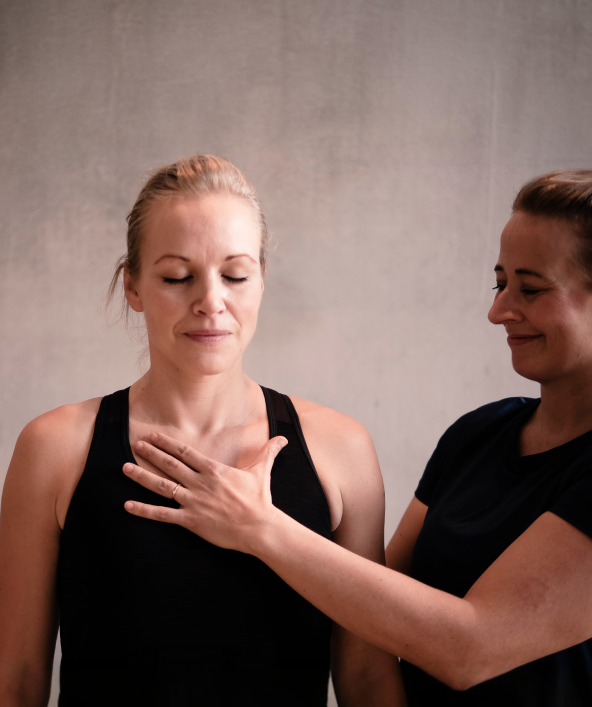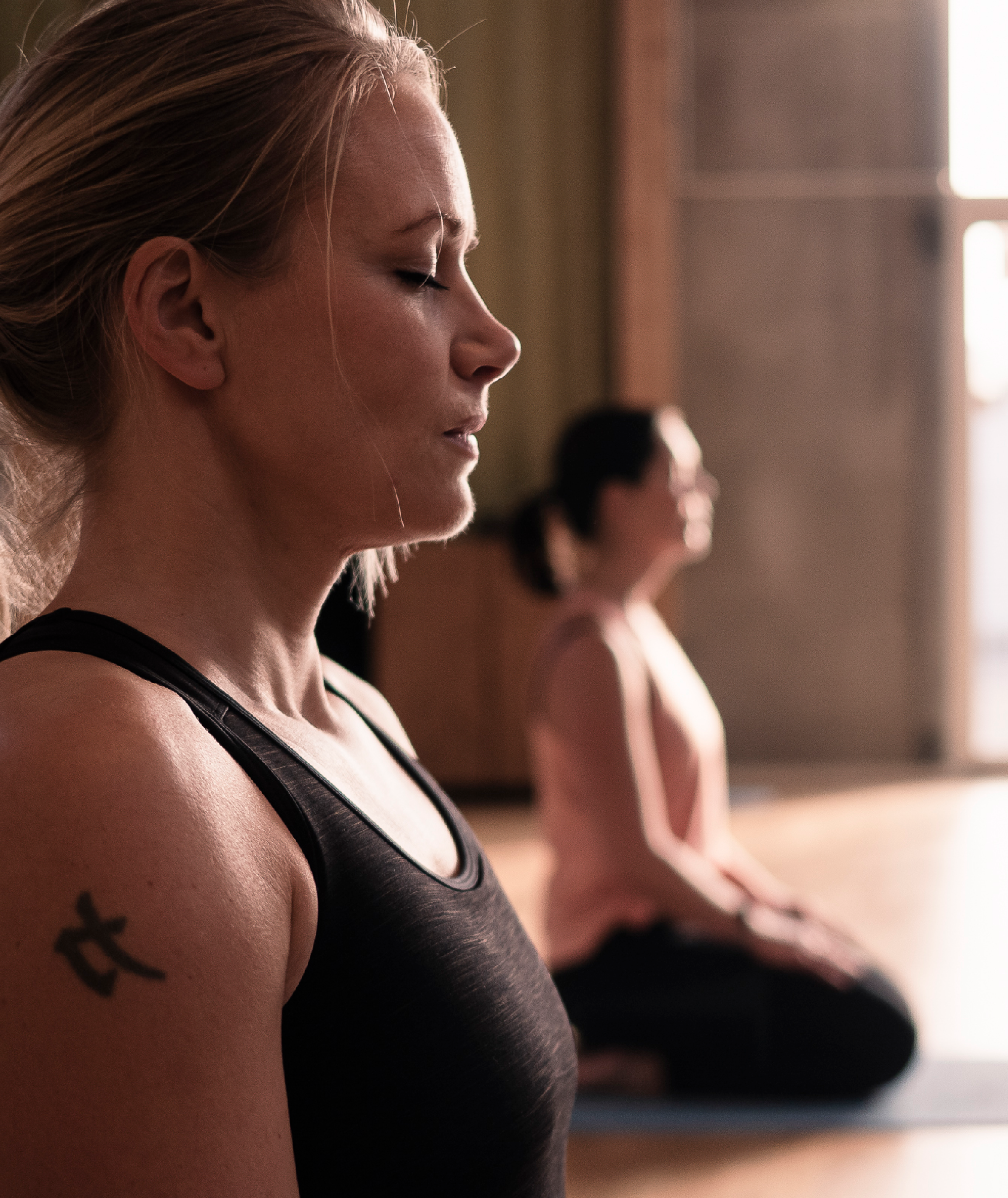7 Fitness routine tips for Highly Sensitive People (HSP)
Estimated reading time: 6 minutes
If you're a highly sensitive person (HSP), the typical exercise environment with noise, bright lights, and crowds might feel more overwhelming than motivating. But staying active is crucial for your physical and mental health. Luckily, yoga is fantastic alternatives that cater to your needs. Plus, adding hot and warm yoga to your routine can bring even more benefits. Here are seven tips to help you create a fitness routine that suits you.
1. Find a Calming Environment
As an HSP, you’ll thrive in a calm and peaceful setting. Look for yoga studios that offer a serene atmosphere with dim lighting and soft music. These studios often prioritize a relaxing ambiance with candles, soft colors, and natural elements like plants. Avoiding large, crowded classes can help you feel more at ease and focused.
2. Start Slowly and Listen to Your Body
It’s crucial to tune into your body and understand its signals. When you start a new fitness routine, take it slow and gradually increase the intensity. Yoga is great for this because they allow you to build strength and flexibility at your own pace. In yoga, you can start with beginner-friendly poses and gradually move to more challenging ones as your confidence grows. Pay attention to how you feel during and after each session, and adjust as needed. Rest when necessary and avoid pushing yourself too hard.
3. Try Hot and Warm Yoga
Hot and warm yoga involve practicing in heated rooms, which can boost the physical benefits of yoga and provide a unique experience for HSPs. The warmth helps relax muscles, increase flexibility, and promote detoxification through sweating. Many HSPs find the heat comforting, like a warm cocoon. Hot yoga typically involves higher temperatures, around 95-105°F (35-40°C), while warm yoga is slightly cooler but still provides the benefits of a heated environment. Both types can help you feel more relaxed and improve your overall practice.
Hot and warm yoga to your fitness routine offers many benefits, especially for HSPs:
Better Flexibility: The heat helps loosen muscles, allowing for deeper stretches and improved flexibility. This can enhance your overall performance in yoga and other activities.
Detoxification: Sweating in a heated environment helps flush out toxins and impurities, promoting clearer skin and a sense of renewal.
Stress Relief: The warmth provides a comforting and relaxing experience, reducing stress and promoting calm. Many people find the heat to be soothing and grounding.
Improved Circulation: The heat increases blood flow, which can enhance cardiovascular health and overall vitality. Better circulation can also aid in muscle recovery and reduce soreness.
4. Focus on Mindfulness and Breathing
Mindfulness and breathing exercises are key components of yoga. These practices help calm your mind, reduce stress, and improve concentration. In yoga, you’ll often start with a focus on deep, rhythmic breathing to center yourself. Incorporating deep breathing and mindfulness into your fitness routine can help you stay grounded and present, making your workouts more enjoyable and effective. You might also explore meditation as a complement to your physical practice.
5. Eat Healthy
Being fit isn’t just about working out. What you eat matters a lot too. Your diet can boost your performance, give you the energy you need for exercise, and help you recover faster. Try to make vegetables the star of your meals. They’re super versatile—you can toss them into salads, blend them into smoothies, or cook them into stews and soups. Don’t forget about nuts, seeds, and whole grains—they’re great for staying fit and can help reduce anxiety, especially if you’re highly sensitive. Go for organic produce when you can to avoid pesticides. Steer clear of packaged and processed foods, and remember to drink plenty of water.
6. Have a Calming Post-Workout Ritual
After your workout, take some time to unwind and relax. This is especially important for HSPs, who may need extra time to decompress. Consider a calming post-workout ritual, like taking a warm bath, meditating for a few minutes, or sipping a soothing herbal tea. This will help you transition smoothly from exercise to rest, leaving you refreshed and rejuvenated. You might also stretch or use a foam roller to gently relax your muscles and enhance recovery.
7. Connect with Like-Minded People
Community and connection are vital for maintaining a consistent fitness routine. Look for classes and groups that align with your values and preferences. Many yoga studios have supportive and inclusive communities where you can meet like-minded individuals. Sharing your fitness journey with others can provide encouragement, accountability, and a sense of belonging. Joining workshops, retreats, or online forums can also expand your network and provide additional support and inspiration.
Are you someone who feels everything deeply and finds the world a bit overwhelming at times?
You’re not alone! 🧡


